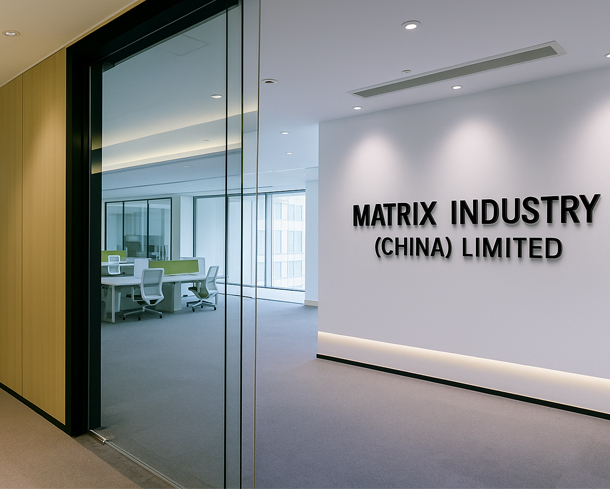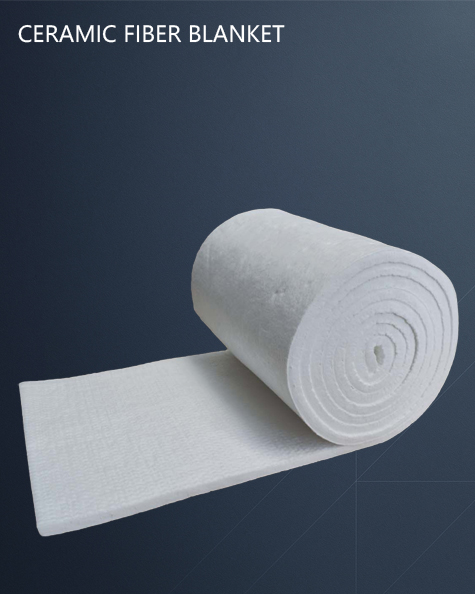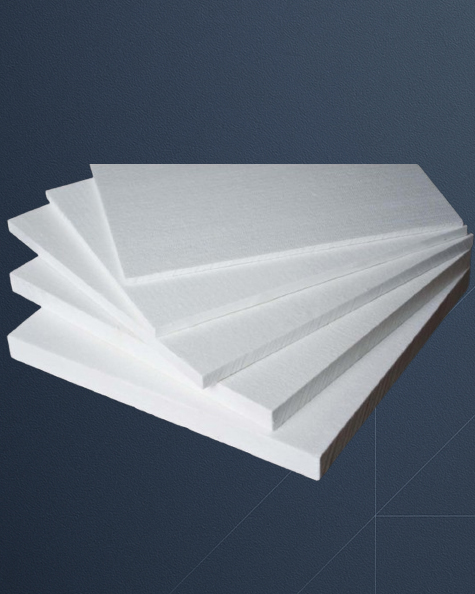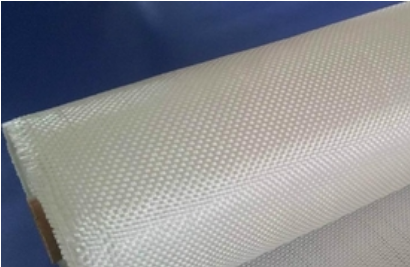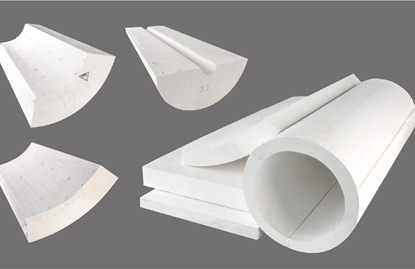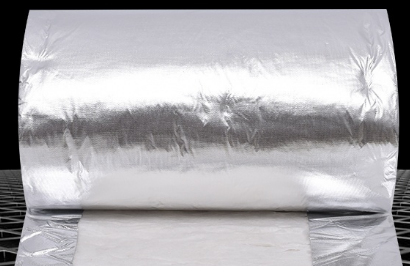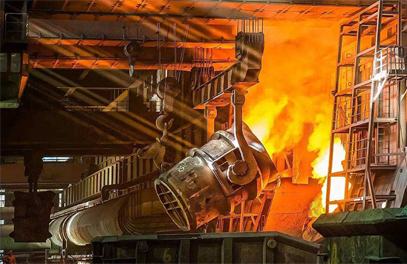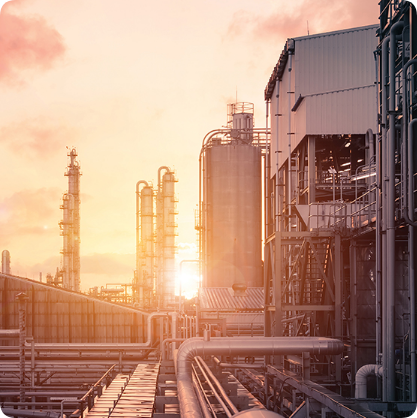About Us
Innovating Refractory Solutions for Global Industries
MATRIX INDUSTRY (CHINA) LIMITED is a leading manufacturer and supplier of high-performance refractory materials, dedicated to serving industries that operate under extreme thermal and mechanical conditions. Headquartered in China, we combine advanced manufacturing technologies, rigorous quality control, and decades of expertise to deliver customized refractory solutions tailored to meet the demanding needs of clients worldwide.
About Us